Degeneration of the spine in dogs
Deforming Spondylosis in Dogs
DEGENERATION OF THE SPINE IN DOGS
Deforming spondylosis is a degenerative, non-inflammatory disease of the spine, characterized by the production of bone spurs in the lower, sides, and upper area of the vertebrae of the spine. These spurs are simply caused by bone growths, usually growing in response to aging or injury.
In dogs, deforming spondylosis most often occurs along the spine, in the back of the chest, and in the upper vertebrae of the lower back. Older and large breed dogs are at higher risk of developing deforming spondylosis.
SYMPTOMS
*Patients are usually asymptomatic, bone growth can be felt by touching your pet before perceiving changes in its behavior in the wake of growth
- Fracture of spurs or bridges can cause pain
- Rigidity
- Restricted movement
- Pain
CAUSES
Repeated microtrauma – repeated pressure on the same joints or bones, through certain exercises or activities
Major traumas – the body responds when trying to grow new bone
*Predisposition to hered spurs
DIAGNOSIS
Your veterinarian will do a complete physical examination of your dog, including a biochemical profile, a complete blood count, a urinalysis, and an electrolyte panel, in order to rule out or confirm other diseases, such as cancer. You will need to give a complete history of your dog’s health, including background history of symptoms, onset of symptoms, and possible incidents that may have precipitated this condition.
X-ray images of the chest and abdomen (side view) are essential for the diagnosis of deforming spondylosis. X-rays reveal osteophytes (small bone growths) in the vertebrae, or in more advanced cases an osteophyte can be found as a bridge in the space between the vertebrae.
Your doctor may choose from several other types of tests in order to reach a definitive conclusion. A myelography uses the injection of a radiopaque substance to obtain an interior image; Computed tomography (CT) or magnetic resonance imaging (MRI) are also options. These procedures can help your veterinarian find a bone spur that may be putting pressure on your dog’s spinal cord or nerves (leading to neurological reactions).
TREATMENT
Usually, patients with deforming spondylosis do not show abnormal external symptoms of initial bone growth. A neurological examination should be performed to rule out a pathology of the spine that requires surgery. Otherwise, if the growth has reached the point of damaging nerves and tissue, and your pet suffers intense pain, or if your veterinarian has decided on a surgical solution, your dog will be hospitalized. Under normal circumstances, when damage to the body is minimal, and your dog feels little discomfort and pain, the condition will be treated on an outpatient basis, with strict rest and prescription painkillers for home treatment. Pain medications are given after your meals. To speed up recovery and from four days after the intervention you can use thermal coats or spine girdles for dogs (consult your veterinarian). Acupuncture can also provide pain relief for some animals.
LIFE AND MANAGEMENT
Depending on the severity of the symptoms, your veterinarian will schedule checkups to track your dog’s progress. Only give pain medication when your dog is showing signs of discomfort (after a meal), and only in the exact amount prescribed, unless your veterinarian tells you otherwise. Drug or drug overdose is one of the most common causes of unintentional deaths in pets. You will need to provide a safe and quiet place for your dog to rest, away from other pets and active children. During this time, limit yourself to slow walks around the neighborhood. When your dog shows no signs of discomfort for several weeks he can slowly return to normal activity.
Source: Venfido www.ortocanis.com
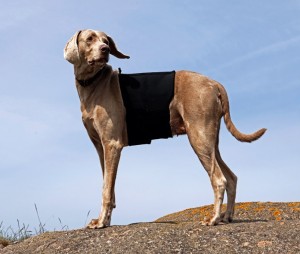
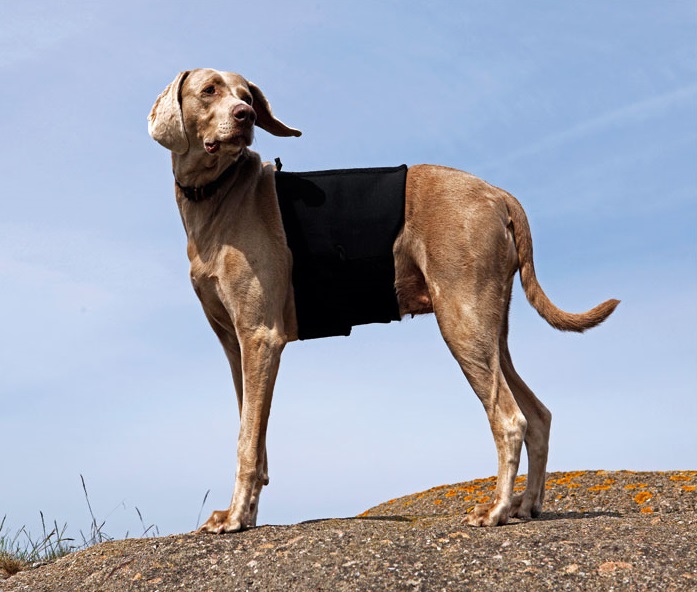

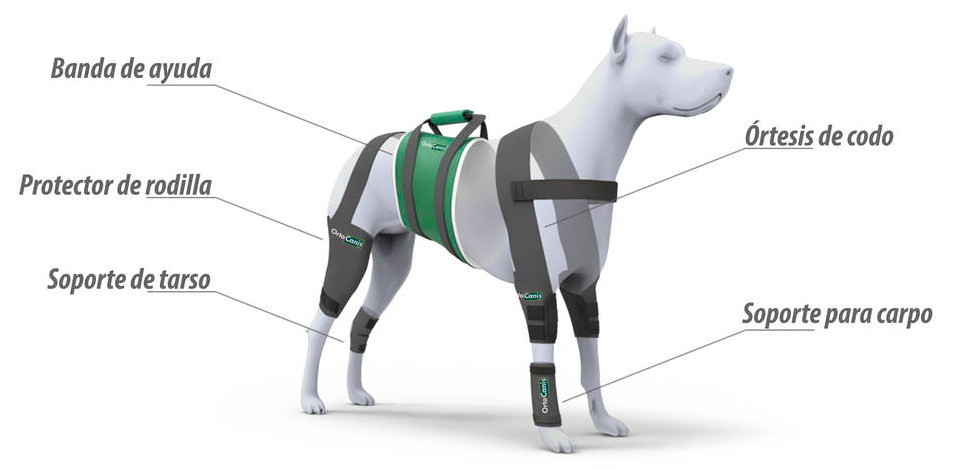
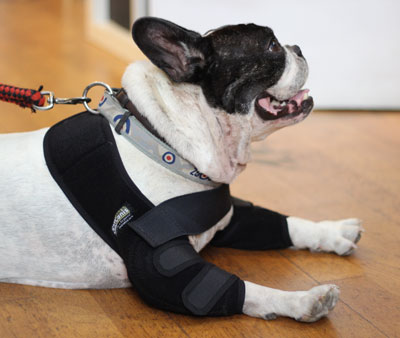
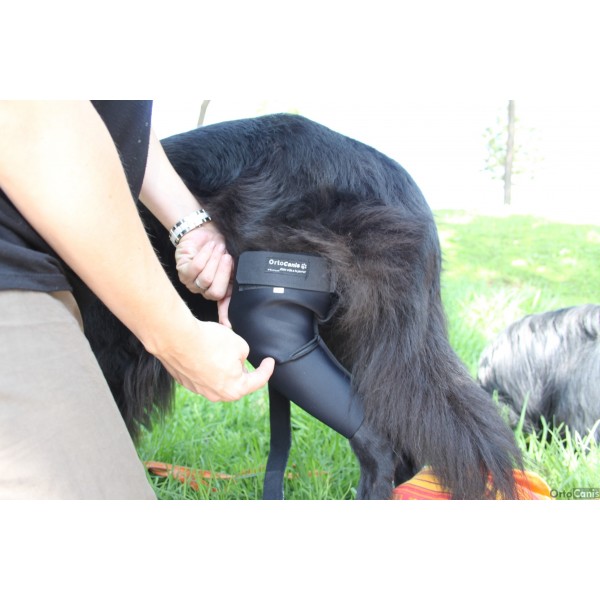
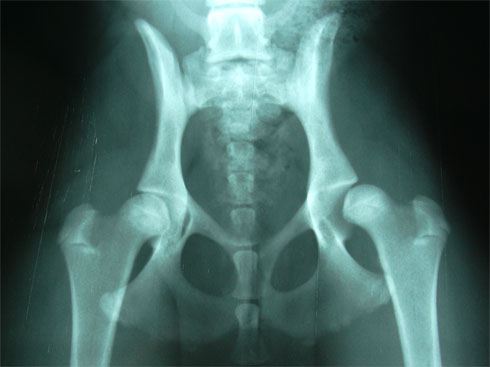

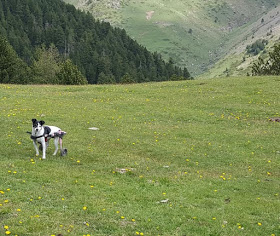
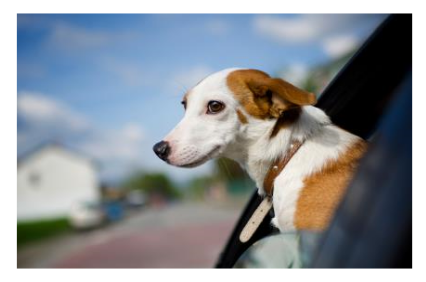


Leave a Reply
Want to join the discussion?Feel free to contribute!